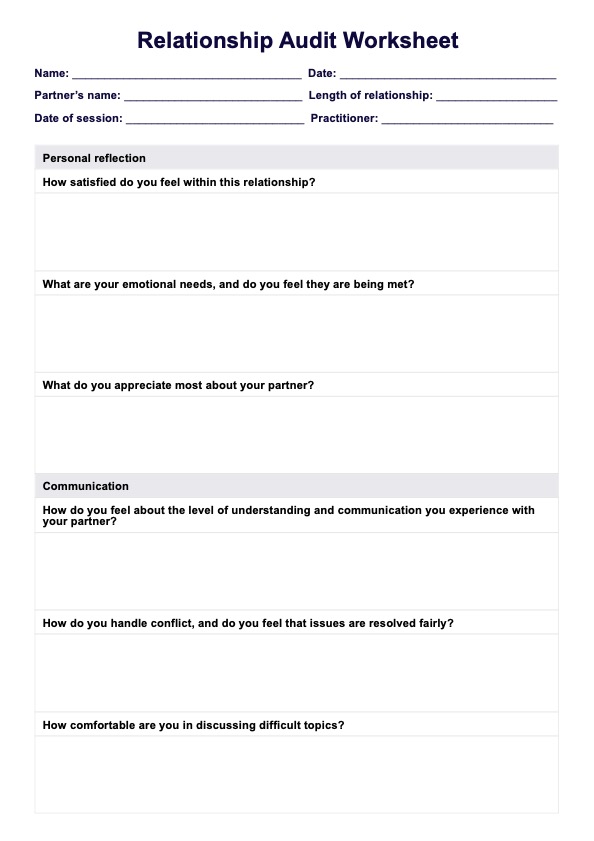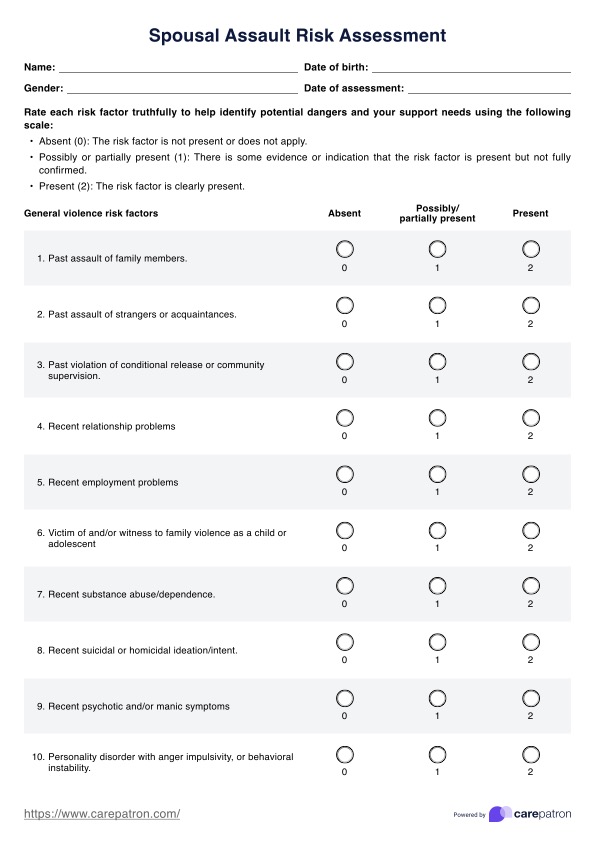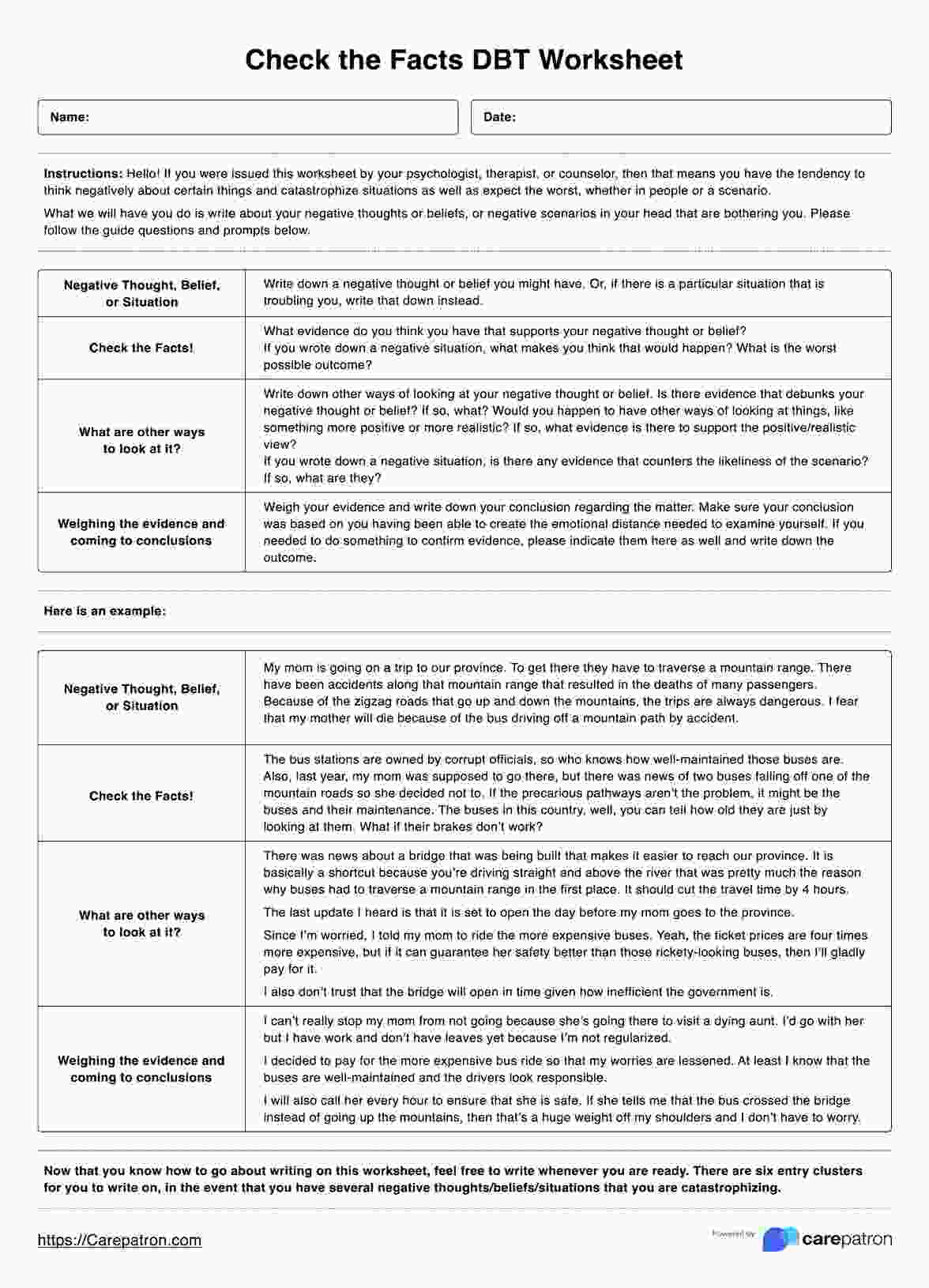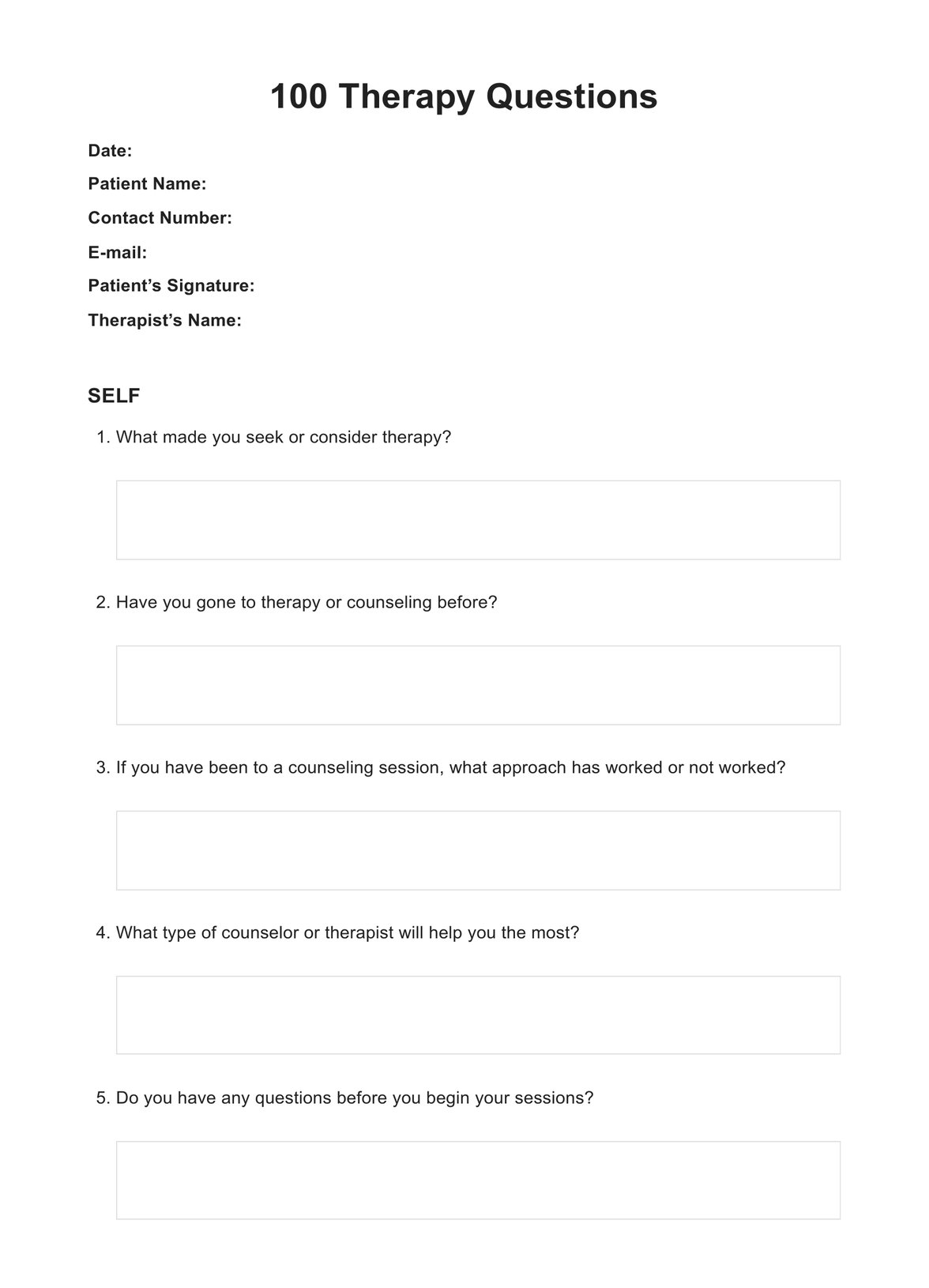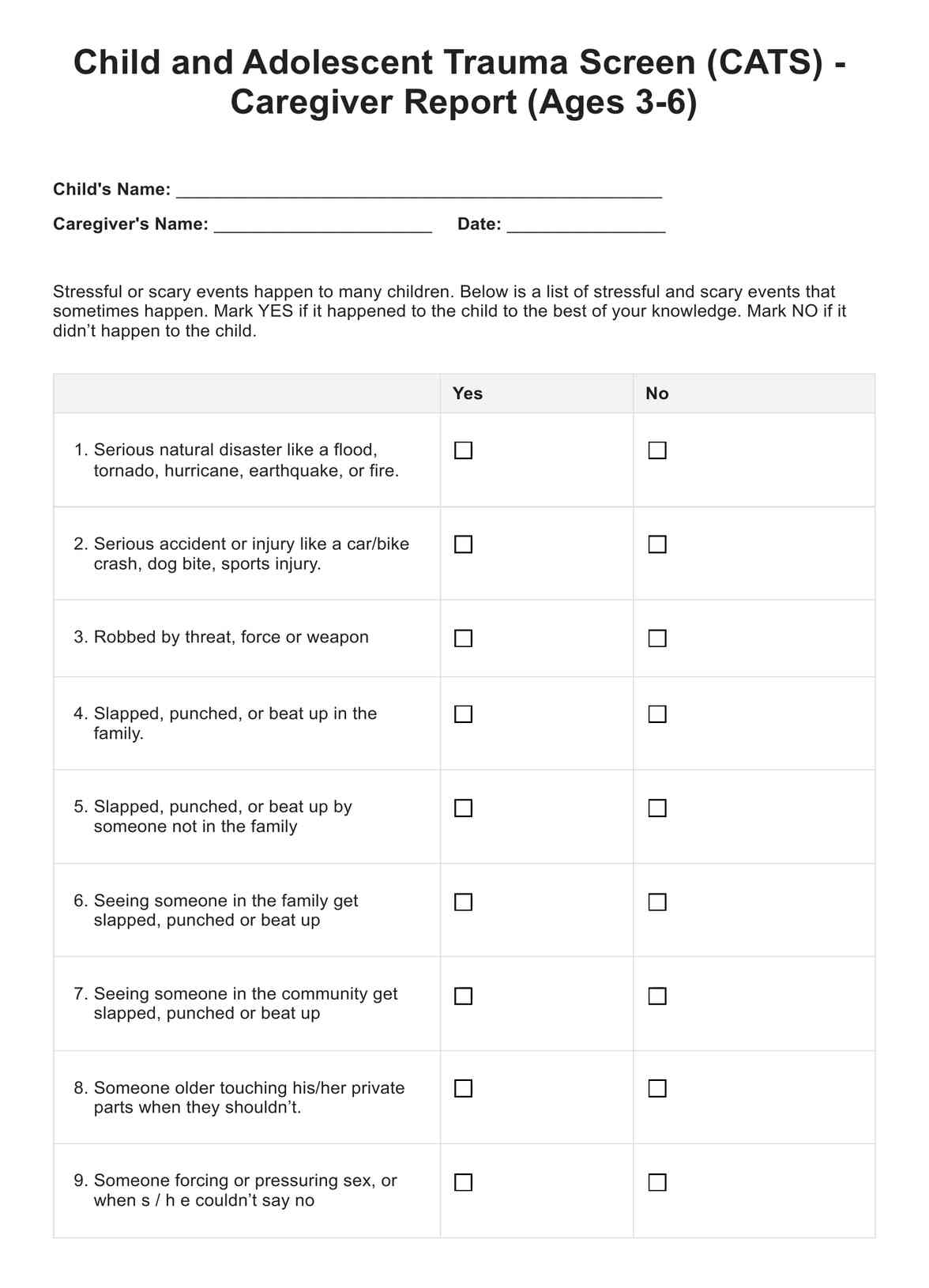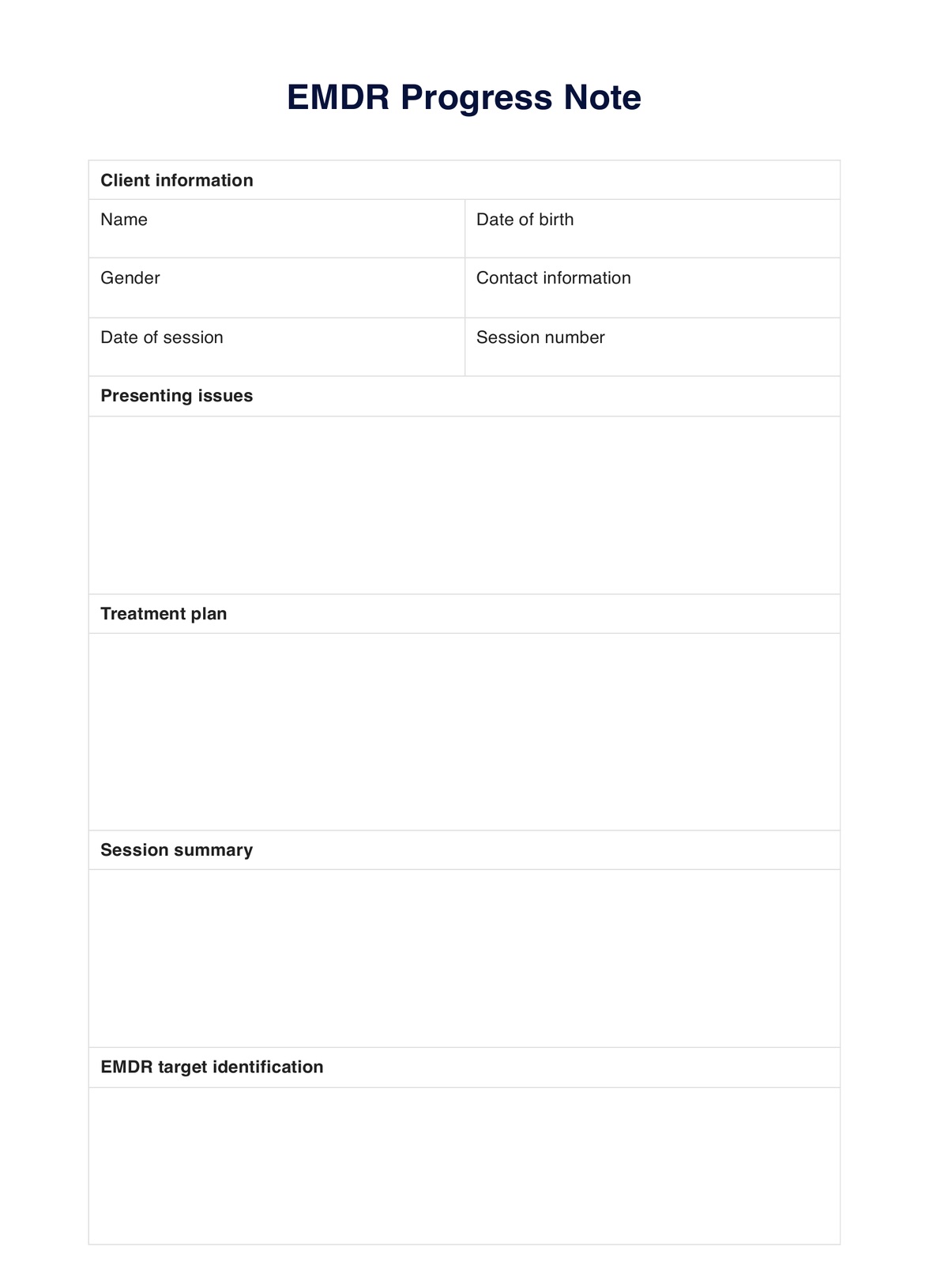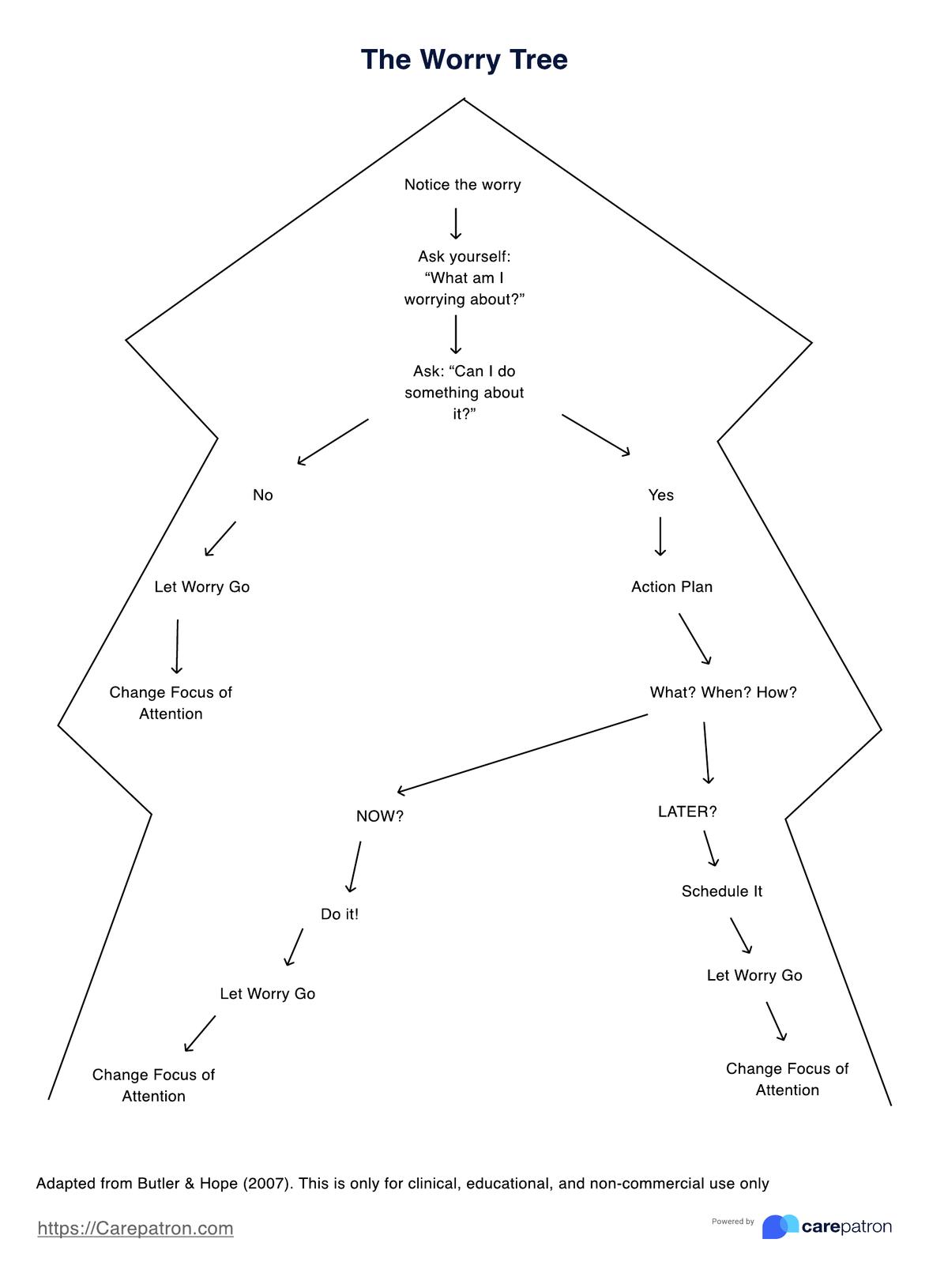Social Styles Test
Understand your unique communication preferences and enhance interpersonal relationships. Download our free Social Styles Test template now.


What are social styles?
Social styles represent a framework for understanding personality types in interpersonal relationships. The social style model categorizes individuals based on their communication behavior and preferences. Recognizing these styles is essential as they provide profound insights into how people interact, make decisions, and influence others. The four social styles commonly identified are:
- Driving: Characterized by high assertiveness and low responsiveness, individuals with this driving style often are direct, decisive, and prefer to control their environment.
- Expressive: This style features high assertiveness and high responsiveness. Expressive types are outgoing and enthusiastic and thrive on collaboration and inspiration.
- Amiable: With low assertiveness and high responsiveness, amiable individuals are cooperative, supportive, people-oriented, and value personal connections.
- Analytical: Individuals with this style exhibit low assertiveness and responsiveness, focusing on data, accuracy, and detailed analysis.
Social Styles Test Template
Social Styles Test Example
Why is it important for a person to know their social styles?
Understanding one's social style is a gateway to profound insights into how we communicate and interact with others. The social styles model is not just a set of labels; it's a reflective mirror that helps individuals see their observable behaviors and preferences from a new perspective, aiding in their journey to self-discovery. When individuals grasp their social style, they can harness this knowledge to adapt their communication and behavior to foster stronger, more effective relationships—both in personal and professional spheres.
For instance, someone with a driving social style may be more aware of their tendency to take charge and, recognizing their own social style might push them strive to create more space for others' ideas. Conversely, those with an amiable style may learn to be assertive more in discussions to ensure their voice is heard.
What is a Social Style Test?
The test serves as a diagnostic tool, helping individuals identify which of the four social styles they embody based on their responses to various situations. This powerful self—awareness can lead to enhanced empathy, better conflict-resolution techniques, and more nuanced leadership. By understanding the social styles model, people can anticipate and manage the dynamics of their interactions more skillfully, leading to more rewarding and productive outcomes in both teamwork and leadership roles.
Knowledge of one's social style can be transformative. It allows individuals to navigate social complexities more quickly and confidently, leading to more harmonious and constructive interactions.
How does our Social Style Test template work?
Step 1: Access the template
The therapist sources a communication style test from a credible platform. This involves ensuring the tool's validity and reliability by selecting one widely recognized or scientifically backed, like those available on the Carepatron app, which is tailored for mental health professionals.
Step 2: Explain the template to the client
Before administering the test, the therapist explains its purpose: to assess and understand the client's habitual communication methods. The therapist outlines communication styles, such as assertive, passive, aggressive, and passive-aggressive, and how these styles can affect interactions and relationships.
Step 3: Assist them in taking the test
The therapist guides the client through each question, providing clarification if needed. The client must respond based on their typical responses to situations, not how they think they should respond, ensuring the accuracy of the assessment.
Step 4: Interpret the results
The therapist and client then review the results together. The therapist helps the client understand the characteristics of their primary communication style and discusses how this style may impact various aspects of their life. The interpretation may lead to a discussion about developing more effective communication strategies and skills.
Step 6: Administer the questionnaire
Distribute the test to participants, either digitally or on paper. Ensure that clear instructions are provided on completing the test and that honesty is essential for accurate results.
Step 7: Score the test
Each response on the sociability scale corresponds to a certain number of points. After participants complete the test, scores are tallied to determine the predominant social style.
Step 8: Interpret the results
Provide a summary of what each social style signifies and offer participants their results and an explanation of their primary social style.
How is this test scored?
The test is typically scored by assigning points to each response, corresponding to one of the four social styles. The accumulation of points for analytical social style across the questionnaire reveals the predominant social style of the participant.
What are the benefits of taking a Social Style Test?
Taking a test can lead to better self-awareness, improved communication skills, and more effective interpersonal relationships. Read on to learn more:
Enhanced self-understanding
Taking a Social Style Test can reveal insights into how individuals perceive themselves and their typical behavior patterns in social settings. This self-awareness training helps people recognize their instinctive reactions to various social scenarios, including stress and team dynamics.
Improved communication
Learning about these aspects of one's social style equips individuals with the knowledge to adapt their communication methods. This adaptation can lead to more productive conversations and interactions with others.
Greater empathy
Understanding various social styles helps individuals recognize not only their traits but also the traits of others. This recognition can increase empathy, leading to stronger relationships and fewer misunderstandings.
More effective teamwork
Teams benefit when members understand each other's social styles. This understanding can lead to a more strategic division of tasks and responsibilities, capitalizing on each team member's strengths and leading to a more efficient and collaborative work environment.
Commonly asked questions
Social styles and personality types are frameworks for understanding human behavior, but they differ in focus and application. Social styles refer to people's interactive or communication preferences, particularly in a workplace or group setting.
Yes, an individual can exhibit more than one social style. While people tend to have a dominant style, they can also display traits of others or switch between styles depending on the situation, context, or whom they interact with.
Knowledge of social styles can significantly improve team performance by enhancing communication, reducing conflicts, and increasing efficiency.


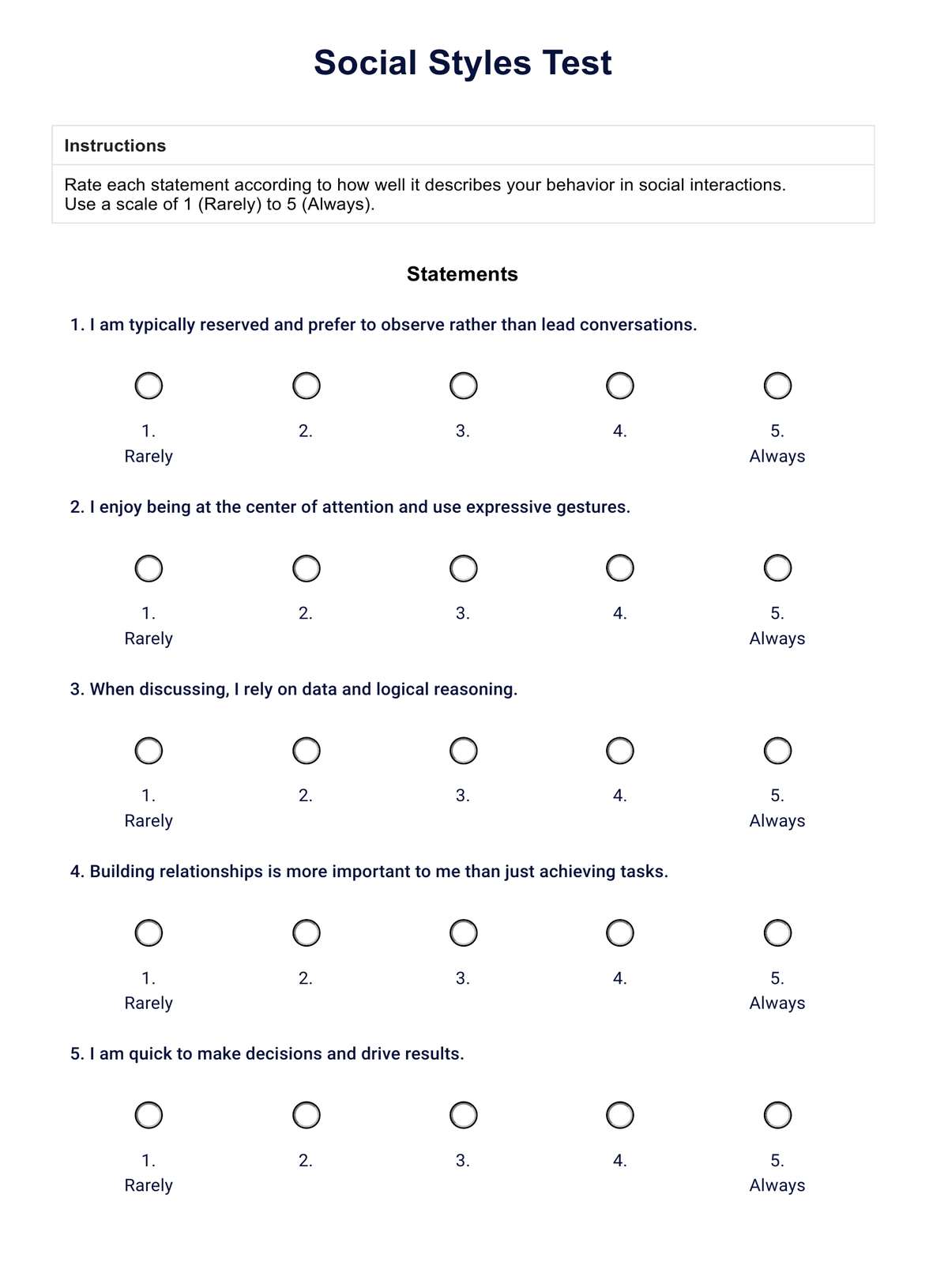
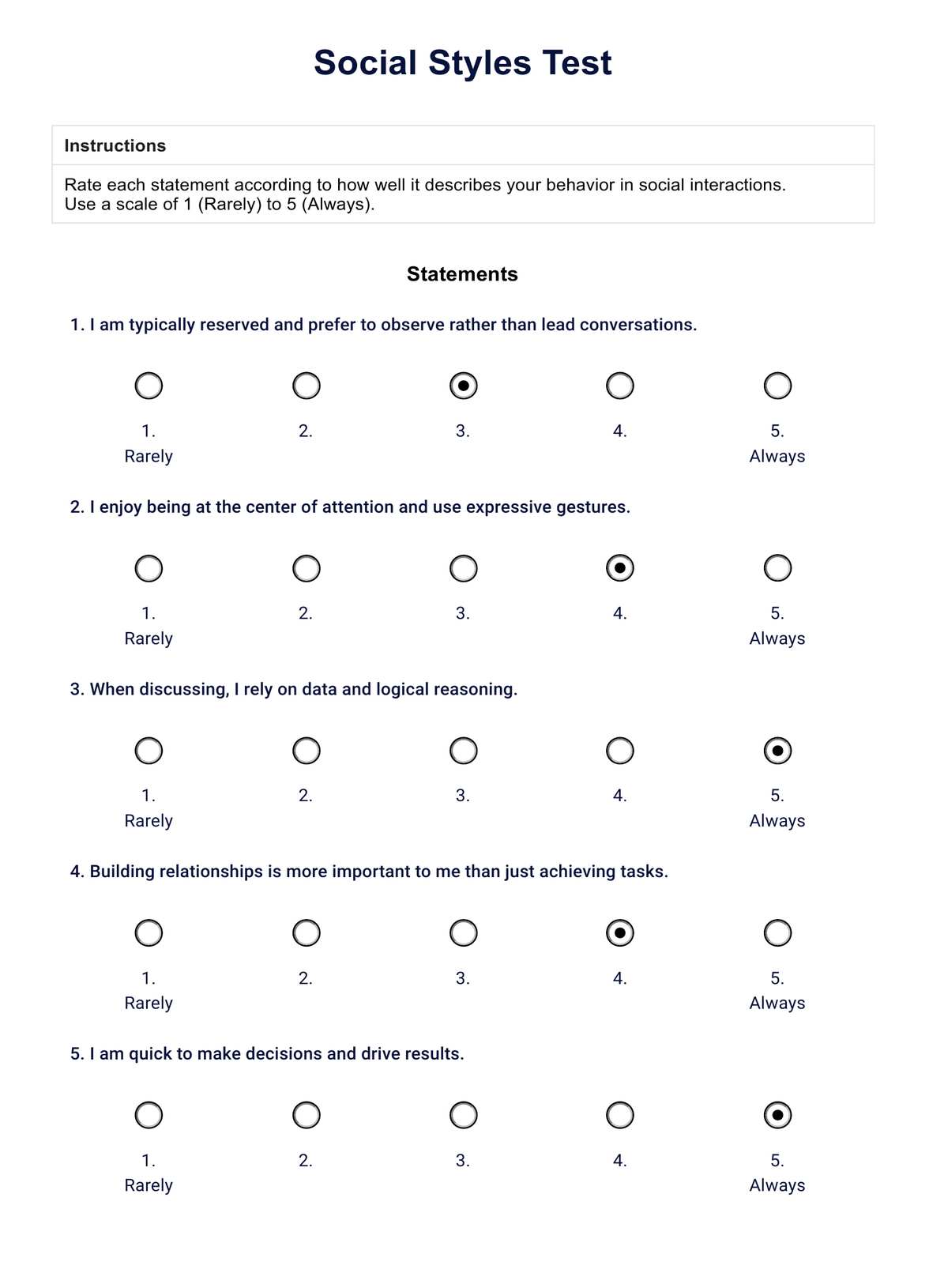
















-template.jpg)


